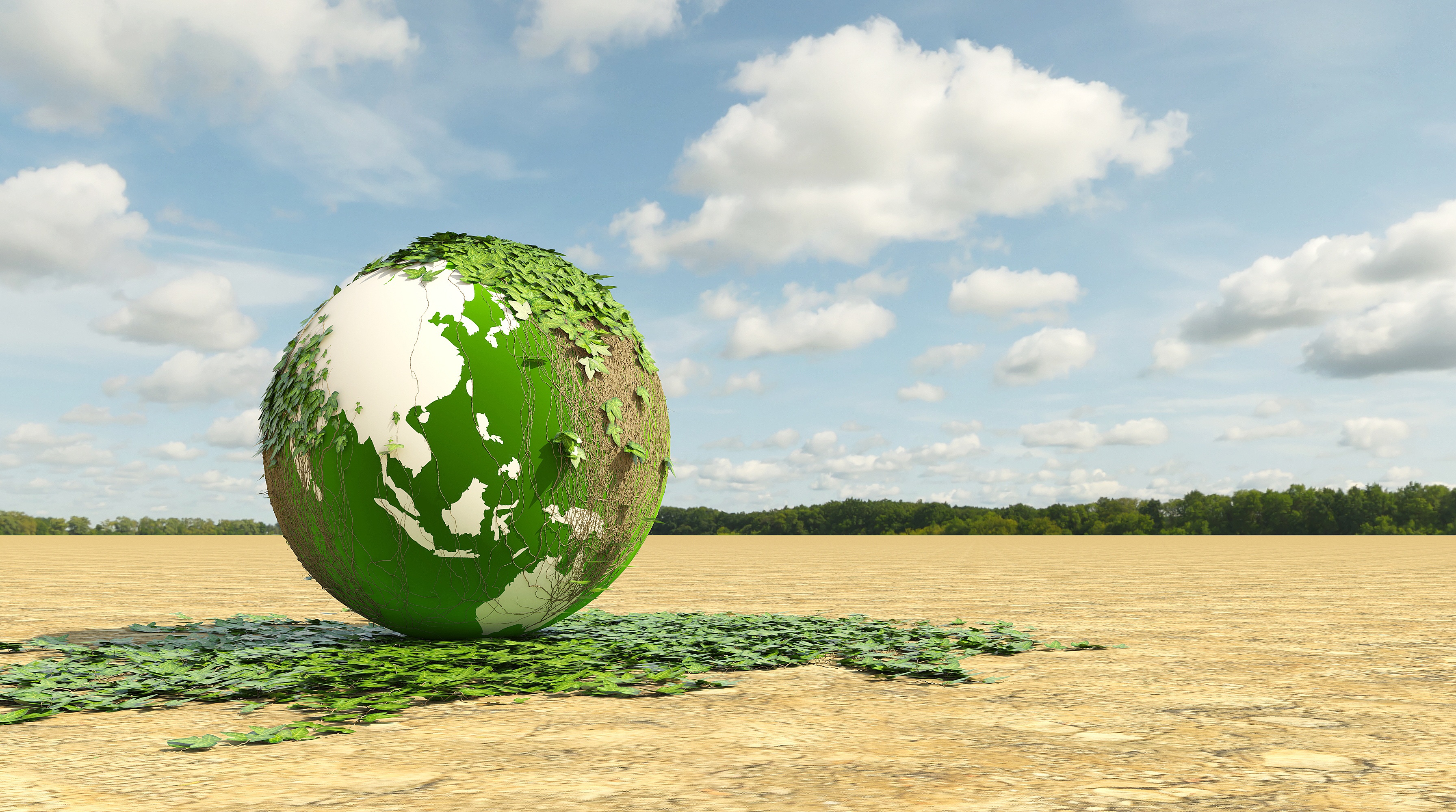Municipal sludge drying and incineration treatment technology
The treatment and disposal of municipal sludge are receiving increasing attention, and it is crucial to select the most suitable treatment and disposal process according to local conditions. The treatment process of "drying+power plant co firing" can effe
02-19


